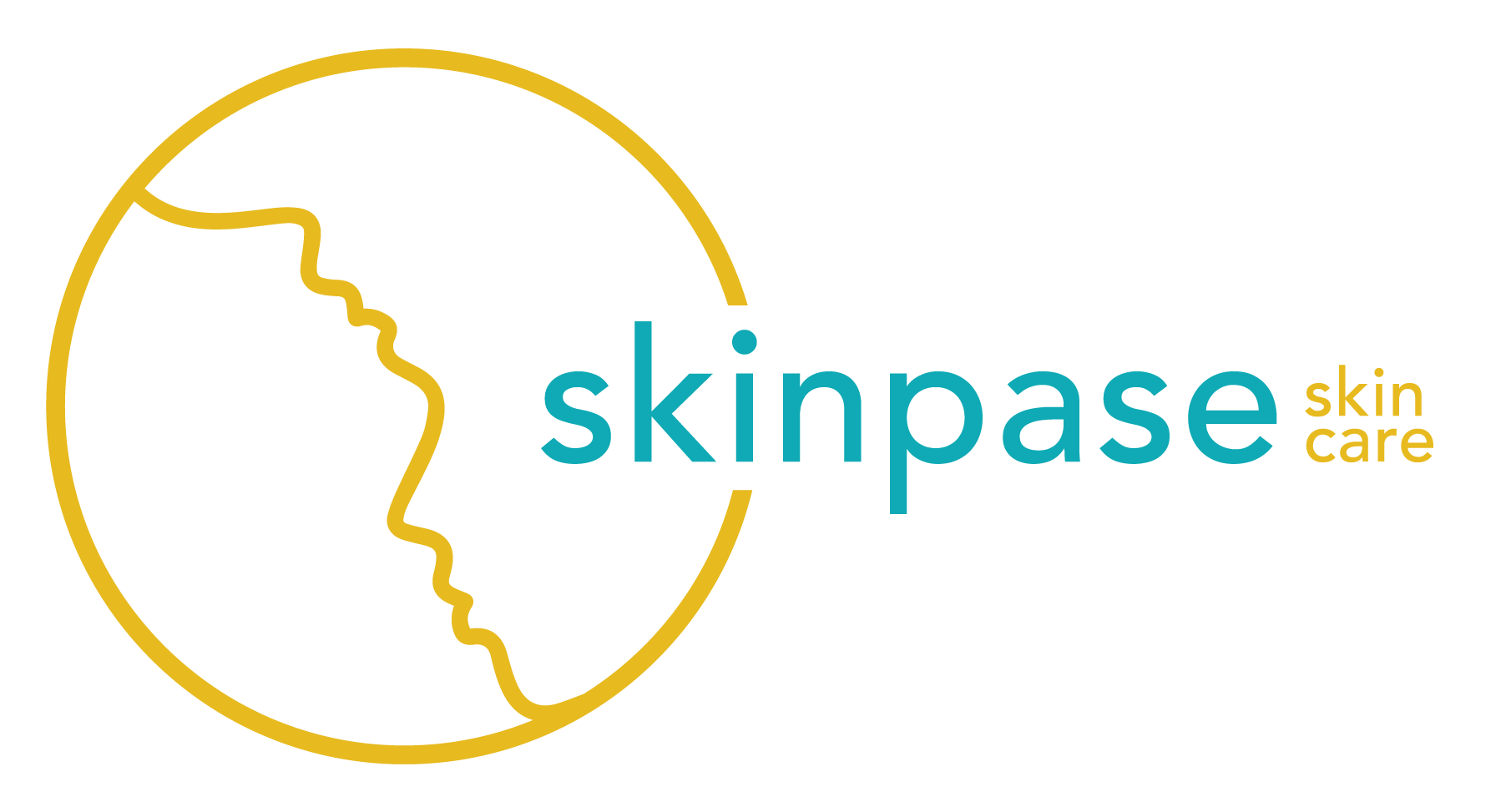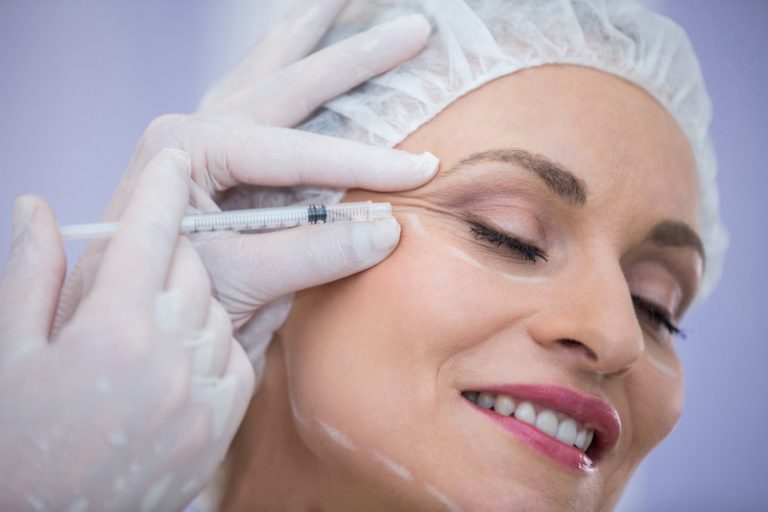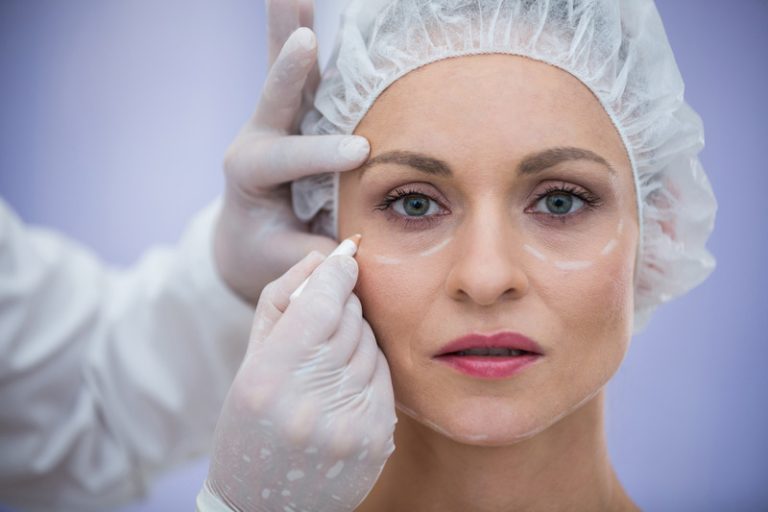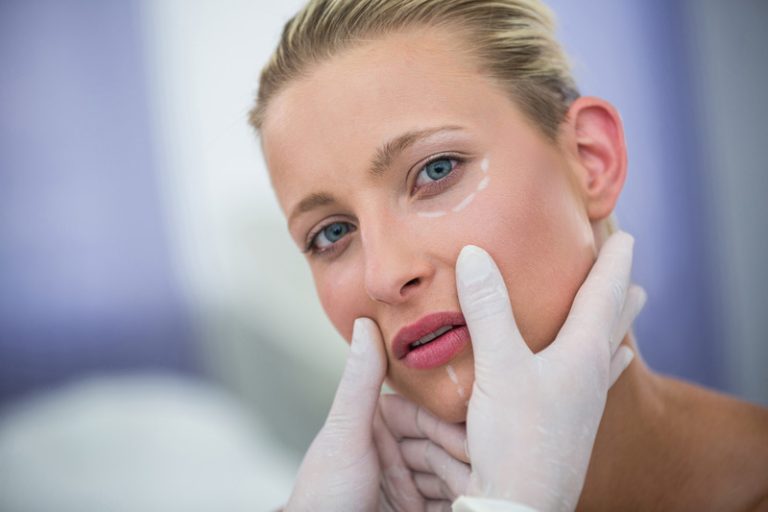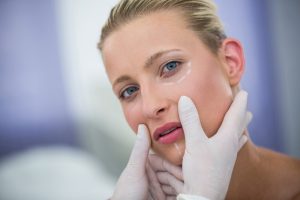Vampire Facelift & PRP Treatment at Skinpase
What do you mean by Vampire Facelift?
A vampire facelift is a invasive, non-surgical cosmetic procedure which rely on the body’s natural ability to cure itself and the healing properties of blood cells. Patients who require healthy, youthful, and regenerated skin undergo this medical therapy. Patients can resume their regular activities immediately following the procedure because it is completed swiftly as an outpatient treatment. This procedure’s effects are visible to the patient the same day and typically endure for several months, if not a full year.
“Vampire” facelift has got its name because growth elements taken from your own blood are used to renew your skin during the treatment.
How Does it Work?
The main component of a vampire facelift is a fibrin matrix rich in platelets made from the patient’s own red blood cells. In a centrifuge, platelet-rich plasma (PRP) and other blood components are separated, mixed with other ingredients, then injected or micro-needled into the skin. This PRP therapy and cell therapy naturally increases the production of collagen, blood circulation, and soft tissue repair and stimulates the formation of new skin and adipose tissue.
The PRP therapy utilised in sports medicine is comparable to the PRP injections used in vampire facelifts. Growth factors, stem cells, and other blood components are used in PRP treatments to speed up the healing process to treat sports injuries such as rotator cuff tears, tendonitis, muscle soreness, back pain, and nerve damage.
PRP treatment is best for renewing facial skin quality and density with improved collagen creation, increased blood supply, and new skin and fatty tissue generation since it is present in platelet-rich fibrin matrix. As a result, the skin becomes taut, the texture of the skin is improved, wrinkles are diminished, and the skin looks young and healthy.
Our skin hospital has cosmetic dermatologists to perform vampire facelift treatments alongside double chin reduction, skin tightening, eye bag reduction and other cosmetic procedures.
Frequently Asked Questions
How does the vampire facelift treatment work?
A vampire facelift treatment utilizes the patient’s own blood to restore the skin and reduce symptoms of aging. The minimally invasive technique commonly takes about 30 to 60 mins to complete. During the treatment, most patients experience little to no pain; however, a few can also experience moderate pain on the injection site.
Is the vampire facelift procedure painful?
The majority of patients undergoing vampire facelift treatment reports feeling little to no pain. However, the blood draw and injection procedure may cause some discomfort.During the infusion cycle, a skin sedative cream might be applied to the treatment region to decrease any inconvenience. Additionally, utilizing a fine needle and injecting the patient’s own blood can assist in reducing discomfort and pain. It’s critical to take note of that aggravation resistance differs between people, so a few patients might encounter more uneasiness than others. In any case, the vampire facelift is by and largely viewed as a negligibly obtrusive and low-torment method.
What are the benefits of a vampire facelift?
A vampire facelift treatment have some advantages, including:
More even complexion and texture
Diminished wrinkles and lines
Natural-looking results
Minimally invasive
Long-term effects
Combine with other treatments like Botox or dermal fillers
Overall, a vampire facelift is a safe and effective way to make the skin look younger and lessen the signs of aging while still looking natural.
Are there any risks or side effects associated with the vampire facelift procedure?
The Vampire Facelift treatment carries potential dangers and side effects, just like any other medical procedure. Some of the potential dangers and side effects of the Vampire Facelift are:
Infection: The injection site carries a small infection risk.
Swelling and Bruising: At the injection site, some patients experiences bruising and swelling, which typically subsides within a few days.
Torment or uneasiness: During the injection, some patients feel pain or discomfort.
Allergic Reaction: There is some risk of an allergic reaction to the PRP solution.
Asymmetric Results: The procedure will not always produce symmetrical results.One has to take additional treatments to achieve the desired result.
Unsatisfactory Results: While many patients are able to benefit from the Vampire Facelift, some may not achieve the desired results
Before undergoing the Vampire Facelift procedure, it is essential to consult a qualified dermatologist about any potential risks or side effects.
How long do the results of a vampire facelift last?
The results of vampire facelift treatment takes different time spans based on a number of factors, including the patient’s age, skin type, and lifestyle choices. Results of a Vampire Facelift is visible somewhere in the range of a half year to 2 years. However, if a patient lives a healthy lifestyle and follows a good skincare routine, the results will last longer.
The Vampire Facelift is not a solution that lasts forever, and the effects of the treatment will gradually fade over time as the body absorbs the PRP that has injected. As a result, patients who wish to maintain their Vampire Facelift results has to prepare to undergo additional treatments on a regular basis.
Is a vampire facelift suitable for everyone?
No, a Vampire Facelift may not be suitable for everyone. One has to consider the factors like the patient’s medical history, skin type, and overall health.
Patients having blood disorders or autoimmune diseases are not good candidates for the Vampire Facelift. Patients who are pregnant or breastfeeding should not undergo the procedure.Patients who have a history of severe allergies, especially to blood products or local anesthetics are also not good candidates for the Vampire Facelift.
It’s important for patients to discuss their medical history and any underlying health conditions with their skin doctors before undergoing the Vampire Facelift treatment.

